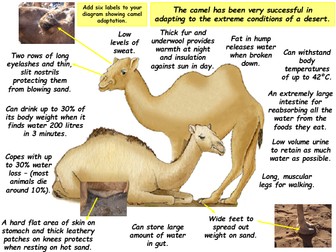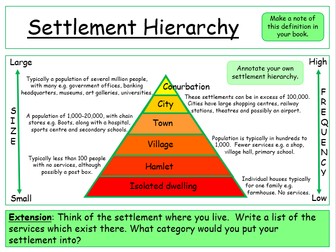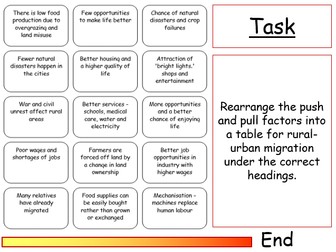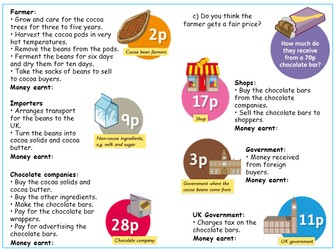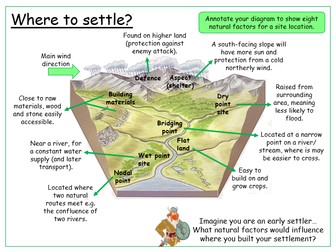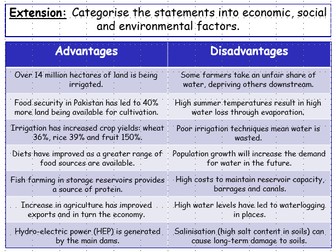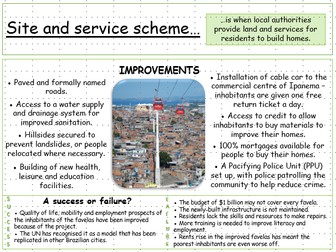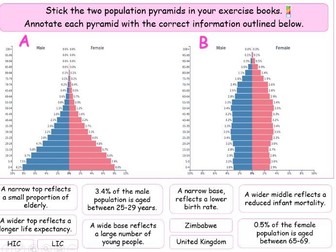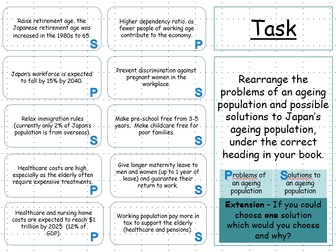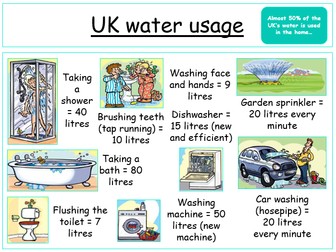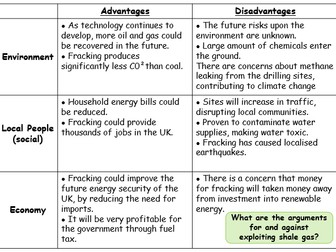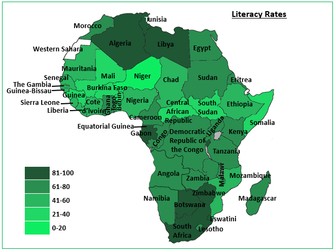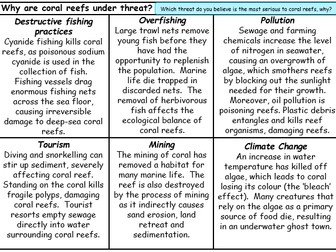
Deserts - Animal Adaptation
READY TO TEACH
Introduce the lesson with an explanation of the term: Adaptation. Pupils watch a five minute clip on deserts, whilst watching the clip they are required to answer the following questions:
What percentage of the Earth’s land is covered by deserts?
How many people live in desert regions?
What is the world’s largest hot desert?
What is a desert?
How does the death scorpion, fennec fox and camel adapt to its desert environment?
Recap the answers to the video clip (slide 4). Pupils are then required to annotate a diagram of a camel, showing ways it has managed to adapt to an extreme desert environment (slide 5). The main task of the lesson involves pupils creating their own animal suited to a desert, they can choose features from the handout (make sure they reflect a desert environment). Show examples to pupils (slides 7-10) to encourage creative thinking.
Time permitting, choose pupils to show their work to others, they must be able to discuss how their animal has adapted to a desert environment.
Finally, a quick analysis of a photograph submitted to the National Geographic.
